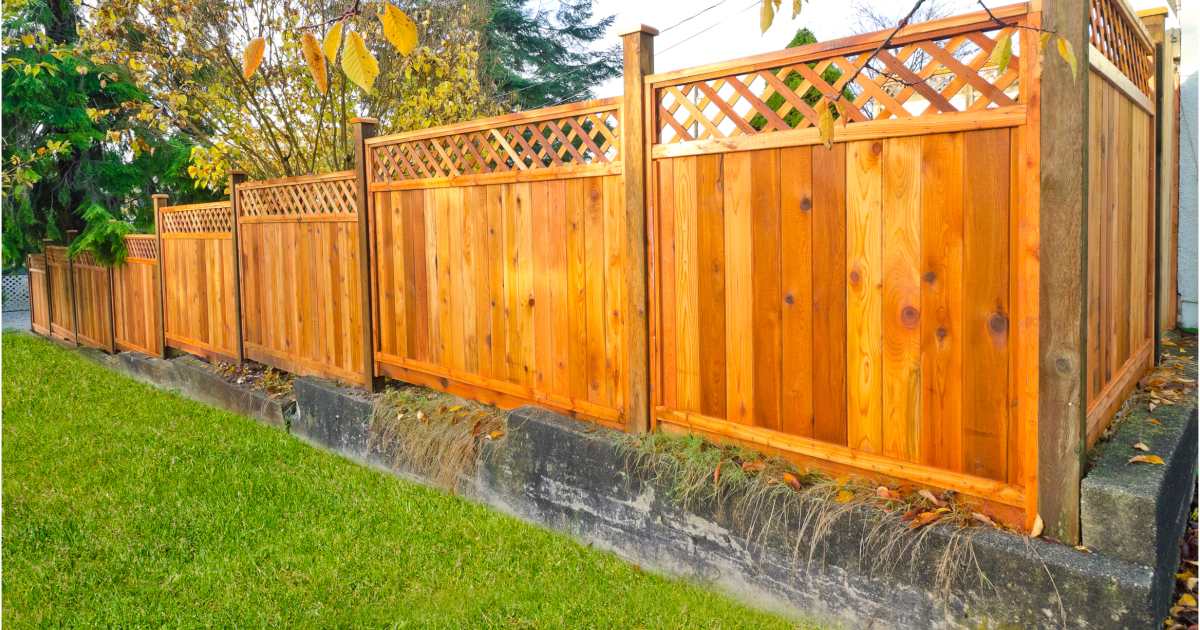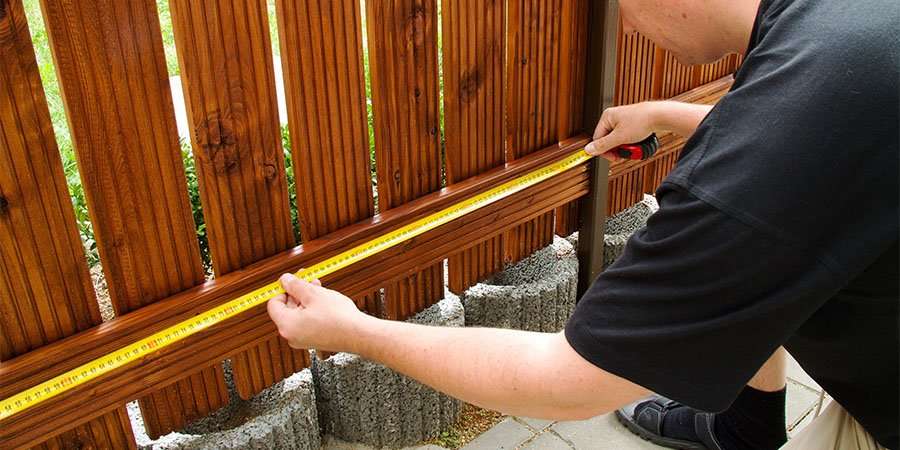All Categories
Featured

When considering setting up a fencing on your home, one of the most vital actions is to comprehend whether you need a license. The particular authorizations needed can vary depending on your area, the type of fence you intend to set up, and the elevation or placement of the fence.
Why You Need a Permit for a Fence Installation. A fence permit is needed to make certain that the installation meets regional laws. The permit procedure helps neighborhood authorities verify that your fencing does not conflict with web traffic presence, regard your property lines, or violate elevation limitations. It also makes sure the safety and security of the framework, so it doesn't posture a threat to you, your neighbors, or the public. Installing a fencing without a permit can lead to penalties, removal of the fence, or hold-ups in construction, so it's crucial to examine whether a permit is called for prior to beginning your project.
Types of Licenses You Might Require. There are a couple of typical types of licenses you could need for a fence installation:
Structure License. A structure license is one of the most typical permit required for fence setups. This permit makes sure that the fencing fulfills safety and security criteria and is created according to neighborhood building regulations. A structure permit is usually required if the fence surpasses a particular height (frequently 6 feet), is made from particular products, or lies near a public sidewalk or roadway.
Zoning Authorization. A zoning permit may be required to verify that your fencing adheres to regional zoning regulations. Zoning regulations can dictate where a fencing can be put on your residential property, how high it can be, and whether it is admitted specific areas (such as along building lines or ahead lawns) For instance, some districts have laws restricting the height of fence the front lawn to make sure presence for pedestrians and chauffeurs.

Setback License. You may require a trouble authorization if you are developing a fence near your residential property line or close to a street. An obstacle refers to the range a framework, consisting of fencings, must be from the home line. Setback laws differ by location, and guaranteeing that your fencing is put properly can stop problems with next-door neighbors and avoid violations.
House Owner Organization (HOA) Approval. You may need approval from them in enhancement to regional licenses if you live in a community governed by a House owner's Association (HOA) HOA guidelines commonly cover the sort of products, elevation, style, and shade of fences. Even if your neighborhood government doesn't require an authorization, your HOA might still have particular standards that require to be complied with.
Exactly How to Make An Application For a Fencing Permit. To obtain a fence permit, you'll require to contact your neighborhood building department or planning office. The application procedure normally includes filling in a kind, paying a cost, and submitting a website strategy of your residential property that reveals the recommended location of the fence. You might likewise need to consist of information regarding the materials, height, and layout of the fencing.
In some cases, a local authorities may need to examine your property before authorizing the permit. Once the authorization is provided, you will be accredited to wage your fence installation.
When Is a Permit Not Required? In certain situations, a permit might not be needed. These situations can consist of:
Reduced Elevation Fences: In lots of locations, fences that are below a specific height (usually 3 to 4 feet) may not need a permit, particularly if they are put in the yard or various other non-visible areas.
Fencing Substitute: If you're changing an existing fencing with the very same elevation and material, some locations might not need a new license.
Non-Obtrusive Fencings: Decorative or momentary fencings, such as those utilized for gardening or landscaping functions, may not require permits as long as they are reduced and not long-term.
Nonetheless, it is essential to talk to your regional zoning workplace or building department, as guidelines can vary by territory.
Repercussions of Not Acquiring a License. Falling short to get the necessary licenses can bring about considerable repercussions. These include fines, forced elimination of the fencing, or also delays in building. Furthermore, if your fencing does not fulfill regional laws, you can encounter legal problems with neighbors or regional authorities.

Final thought. By making sure that you adhere to local regulations and acquire the required permits, you can stay clear of expensive errors and ensure that your fencing is legitimately compliant. Examine with your regional structure department, HOA, and zoning office to establish what authorizations are required for your particular fence job.
Latest Posts
Improve Your Home's Exterior with Weathercraft's Home siding Solutions
Published May 19, 25
1 min read
Trustworthy Overhead Door Solutions for Homes and Services
Published May 19, 25
1 min read
Find Expert Car Maintenance near St. Louis – Drive Worry-Free
Published May 19, 25
1 min read
More
Latest Posts
Improve Your Home's Exterior with Weathercraft's Home siding Solutions
Published May 19, 25
1 min read
Trustworthy Overhead Door Solutions for Homes and Services
Published May 19, 25
1 min read
Find Expert Car Maintenance near St. Louis – Drive Worry-Free
Published May 19, 25
1 min read